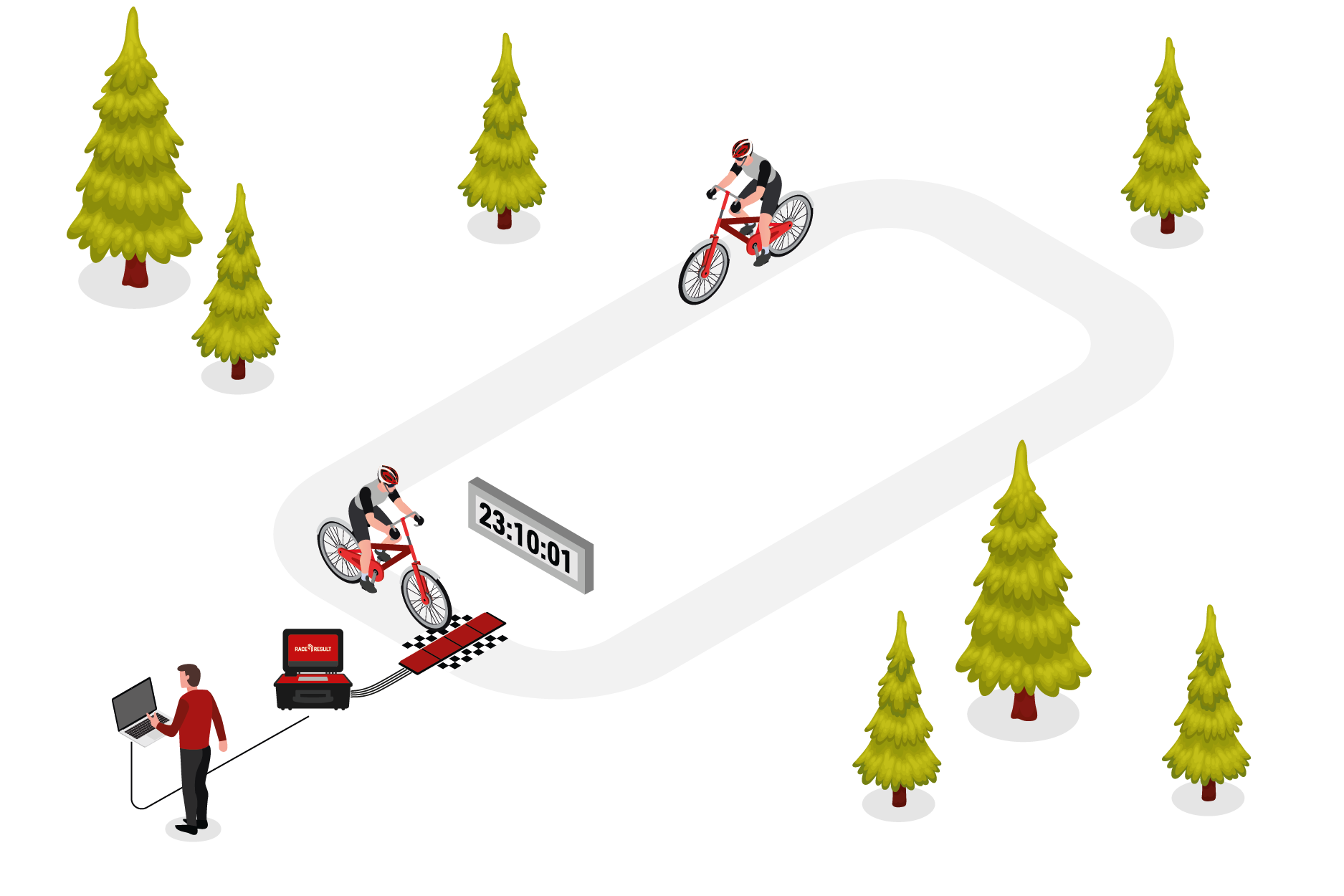
This is more apparent when the engine is coupled to a thermal reactor where the high exhaust temperatures are essential. The first is that the exhaust temperature is hotter and both CO and UHC oxidize more thoroughly in the exhaust system. There can be several positive effects on emissions due to a retarded timing. The adjustment for emission control is in addition to this and may occur at different engine settings. This is usually at low engine speeds and large throttle openings. Note that it has always been normal to retard the spark to reduce engine knock. Due to the ease of this adjustment, it was one of the earliest modifications used with engines when emission control legislation was introduced.

However, it may be retarded from the optimum for efficiency to help minimize exhaust emissions. Because the rate of pressure rise is dependent on the amount of residual gas in the cylinder, which in turn depends on the throttle setting (plus the EGR if any) and the turbulence, which is governed by the engine speed, the actual spark timing must vary quite considerably for each operational condition. Hence, the actual firing of the spark is well before this, usually more than 20° of crankangle. After ignition, the initial growth of the flame is slow and the pressure takes some time to maximize as the flame front moves across the combustion chamber. The optimum position for efficiency is such that the peak pressure should occur some 10° to 15° ATDC. A small latitude in the actual setting exists as a few degrees either way from the best value makes a negligible difference, but the decrease in engine performance then starts to become marked quite rapidly with further changes of timing from the best value. It is optimally set for efficiency to what is called MBT (a term used to mean either minimum advance for best torque or maximum brake torque, depending on the individual’s preference). The ignition timing is an important variable in obtaining the best performance from an engine. Milton, in Handbook of Air Pollution From Internal Combustion Engines, 1998 8.5.5.2 Spark Timing It is obvious from Fig. 16.17 that retarding the ignition has reduced the power output of the cycle, and hence the cycle efficiency.īrian E. However, retarding does increase the release temperature, which might be detrimental to the life of the exhaust valve, but could be helpful in achieving earlier catalyst light-off.

This shows how retarding the ignition timing can have a beneficial effect on the emissions of NO x, while reducing the tendency for the engine to knock. It can also be seen that advancing the timing increases the peak temperature (see Fig. 16.18) achieved during combustion, but tends to decrease the release temperature, while retarding reduces the peak temperature but increases the release temperature. The effect of these timings on pressure can be seen in Fig. 16.15, where advancing increases the peak pressure achieved in the cylinder, while retarding reduces the peak pressure. Three cases were examined, as shown in Table 16.5 687° means the timing was advanced by 5° and 695° and 702° means that the ignition was retarded in two 5° steps. taking the spark initiation closer to tdc).


taking the spark initiation farther btdc) and retarding the timing, (i.e. It was decided to investigate the effect of both advancing (i.e. The ignition timing used in the standard case was 692° crank angle, which is 28 °btdc.


 0 kommentar(er)
0 kommentar(er)
